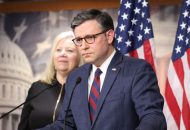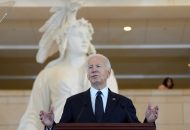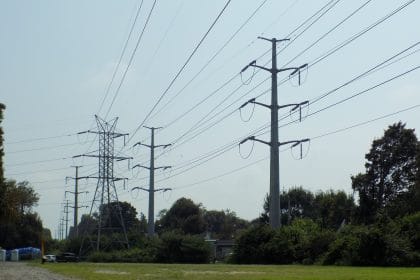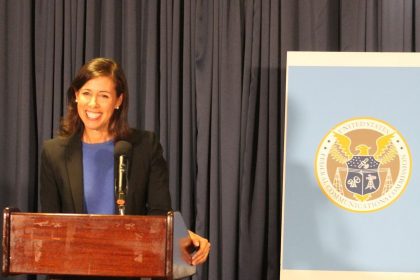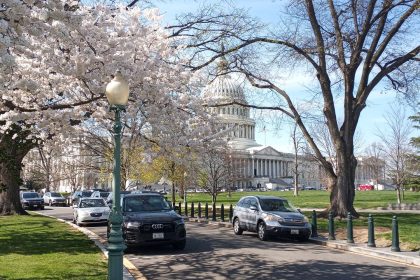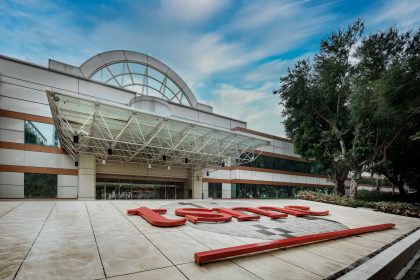New FCC Programs Tackle Affordability Gap in Digital Divide
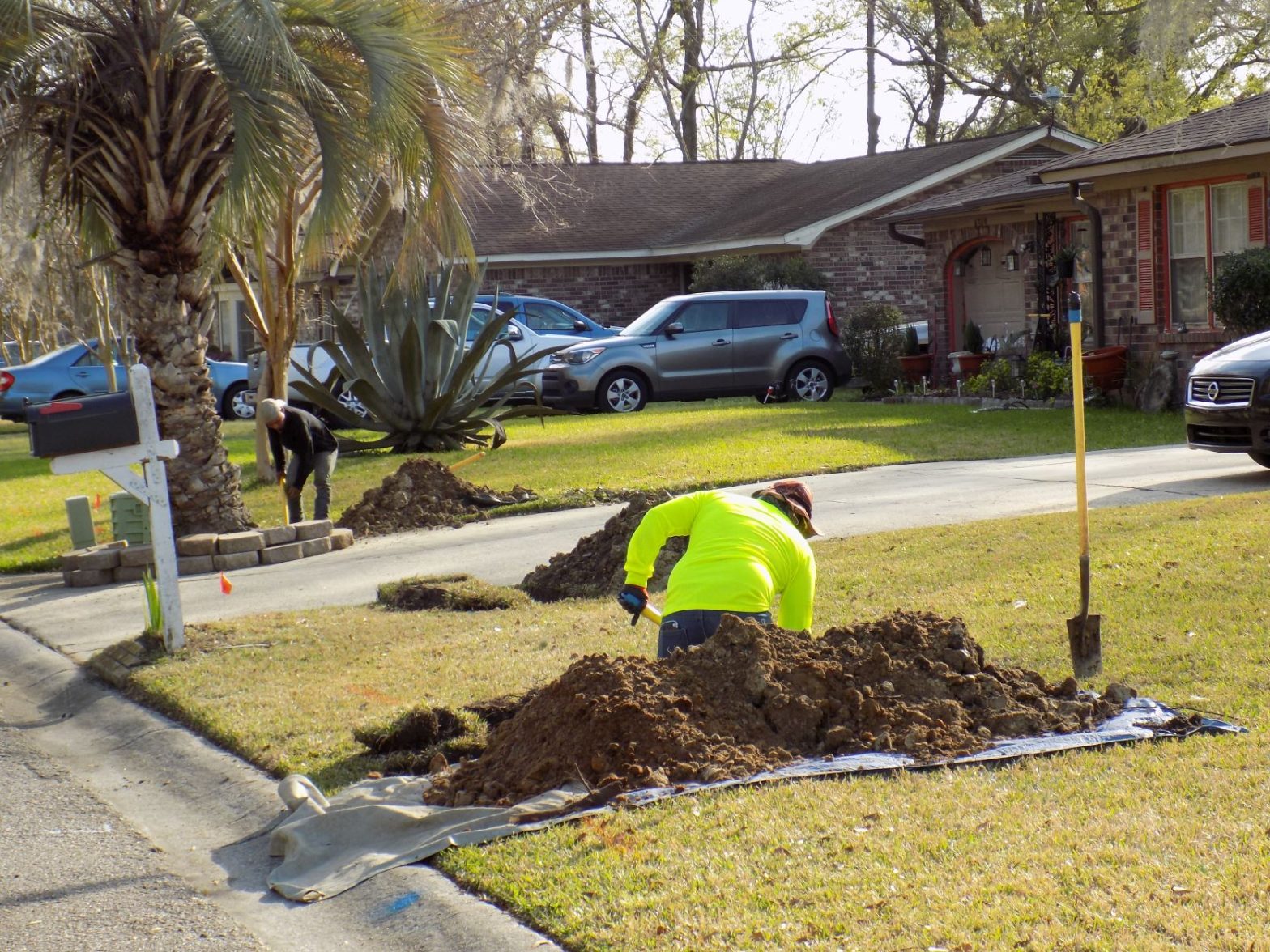
WASHINGTON — The Federal Communications Commission Friday unanimously approved two new grant programs for its Affordable Connectivity Program.
So far 13 million households have signed up for the program that gives Americans stipends of $30 for internet access each month. On tribal lands, the stipend is raised to $75. Another estimated 35 million households are eligible, and the new programs grant states and nonprofits money for educating people about how it works.
The commission was directed to do this type of outreach through the bipartisan infrastructure bill that is funding this and other broadband buildouts that seek to close the digital divide.
Commissioners Brandon Carr and Nathaniel Simington both applauded the programs for the built-in safeguards requiring grant recipients to update the commission on their work.
It makes sense to target people who “by definition” can receive the funds, Simington said.
Chairwoman Jessica Rosenworcel spoke about some people, including a woman named Tiffany from North Carolina, who are already doing this outreach work to help sign people up for the benefit. Tiffany started her outreach work after receiving the benefit, Rosenworcel said.
“So when residents of Mecklenburg County, [North Carolina], call 311 to ask for help getting online, they get a call back from Tiffany. She explains what the Affordable Connectivity Program is and walks them through the application process,” Rosenworcel said. “She’s good at it. After all, she knows the benefits of this program firsthand. And she’ll tell you straight up that everyone needs affordable internet in today’s economy.
“We need more people like Tiffany — more folks who can spread the word, more partners who can amplify the good that the Affordable Connectivity Program can do and more organizations that can help us reach those in their community, in their own language, in a way that is accessible for all,” she said.
The $100 million Affordable Connectivity Outreach Grant Program will target all of the 35 million people who are eligible to receive the internet stipends.
The other $10 million outreach program created Friday targets a specific group of people who are eligible for the stipends because they live in public housing. It will be called the Your Home, Your Internet program, and it will ease the application process for the 5 million households who are part of housing programs like Section 8.
Currently, only about 500,000 of those homes are signed up for the Affordable Connectivity Program, Commissioner Geoffrey Starks said.
Starks spoke about how confusion over the application was a major barrier for those in public housing who might not think they are eligible.
The program’s “consistency and clarity will undoubtedly help here,” Starks said.
These grants will allow “people to explore new ways of reaching that community,” Rosenworcel said. “Because I think there is a lot of room for improvement for getting people connected for work, for job opportunities, school, health care and keeping up with your community.”
This funding will help programs in states like New York, where the Association for Affordable Housing is already working on ensuring it gets people in public housing connected to the internet.
“What we are advocating [for] is fiber-like resources deployed through all of the affordable housing units throughout the state, along with digital literacy,” said Jolie Milstein, president and CEO of the association, during a phone interview Wednesday.
In 2021 the group released a report on how to target low-income individuals. It showed that 47% of New York households with annual incomes below $35,000 did not have at-home internet, compared with 6% of households with annual incomes above $75,000.
The association has mapped out all the public housing units in the state to determine “if [broadband access is] in the street, a mile away or already in the building,” she said. If the building already has access, the association is working to get the residents online, she said. And if broadband isn’t quite in the building, then AAH is working with the state as it develops its Broadband Equity, Access and Deployment plan, she added.
The groups are working specifically with landlords, including the Albany Housing Authority, to get internet access to entire buildings, because it’s often “burdensome” to individuals.
“[Y]ou have to apply online,” Milstein said. “So if you don’t have connectivity, there’s a lot of hurdles.
“It’s such an important tool to change people’s lives who are living in affordable housing and public housing with general public assistance,” Milstein said.
Each of the applications for the commission’s outreach grant programs is set to open soon.
Madeline can be reached at [email protected] and @MadelineHughes









